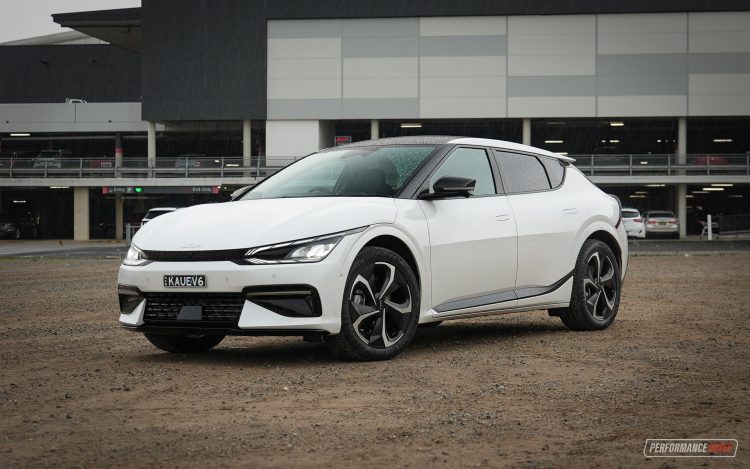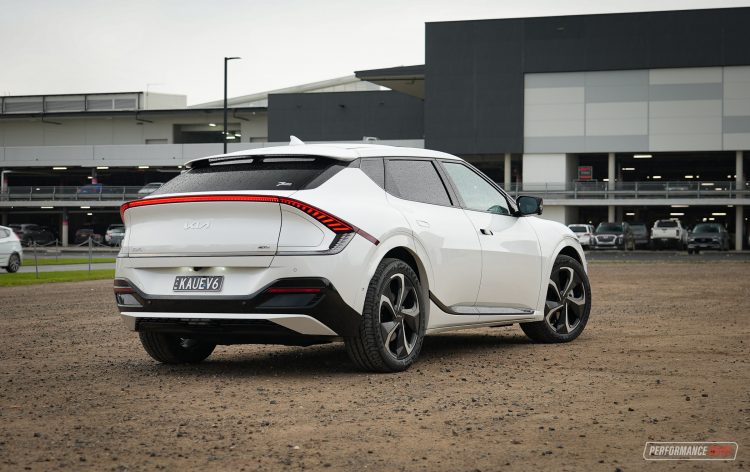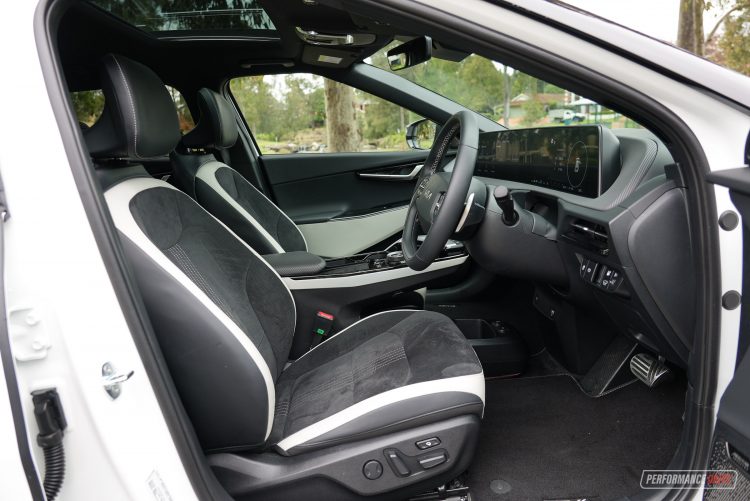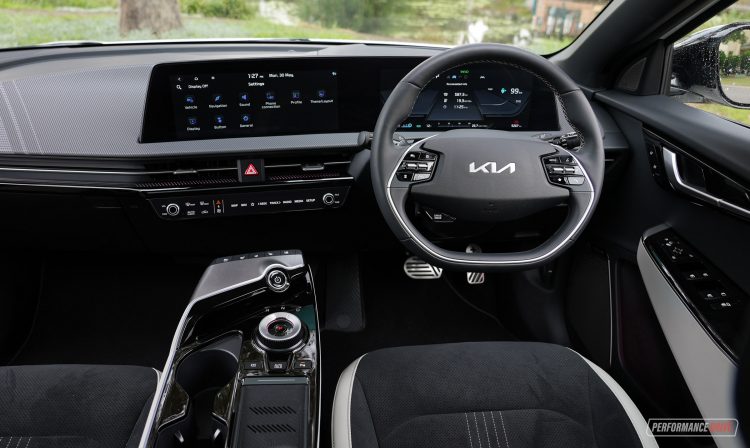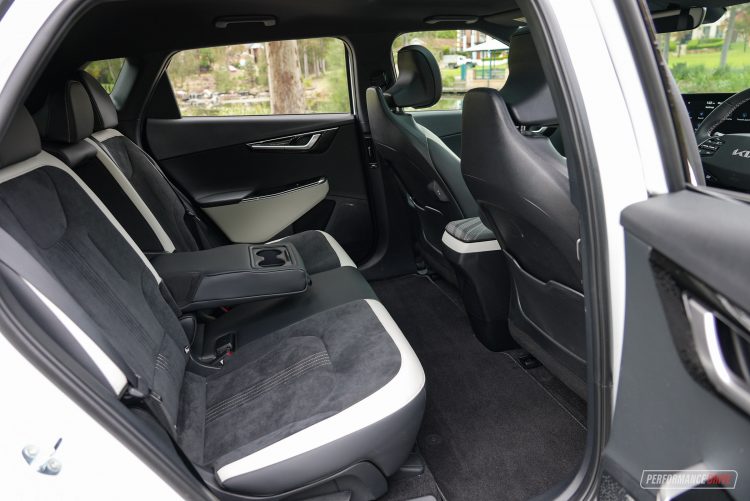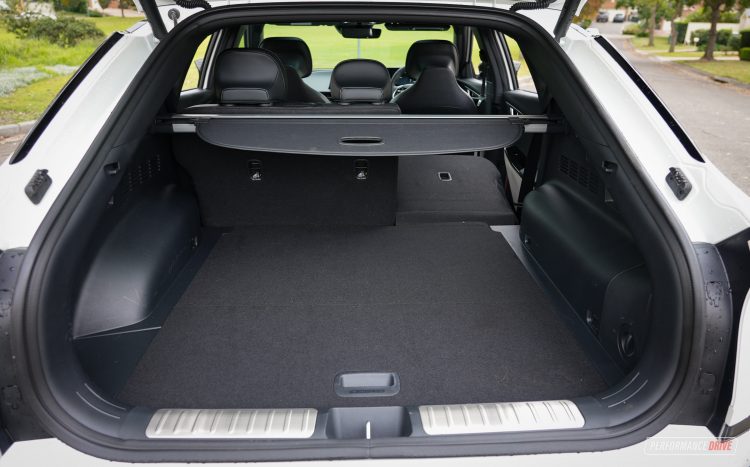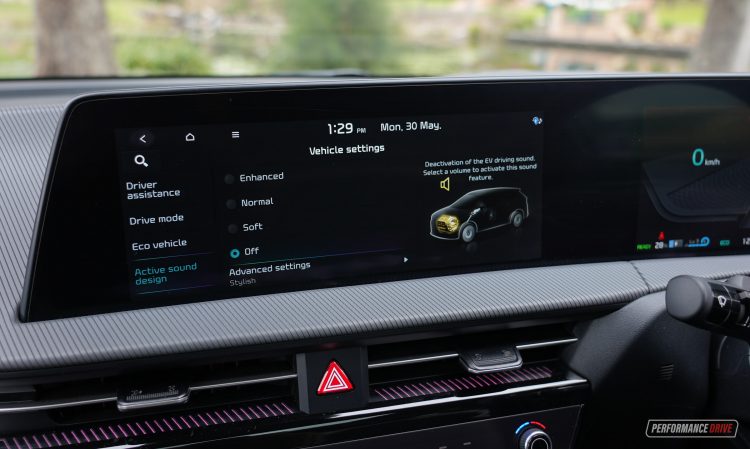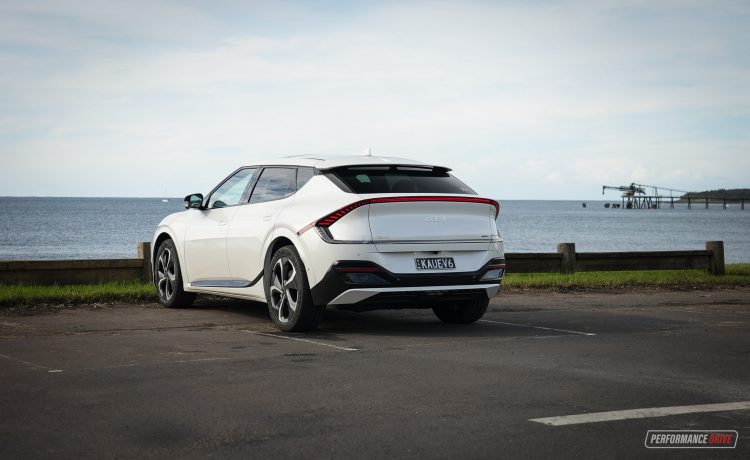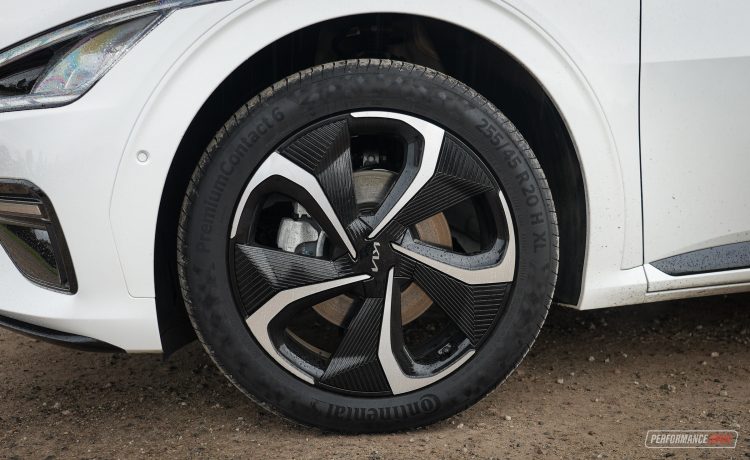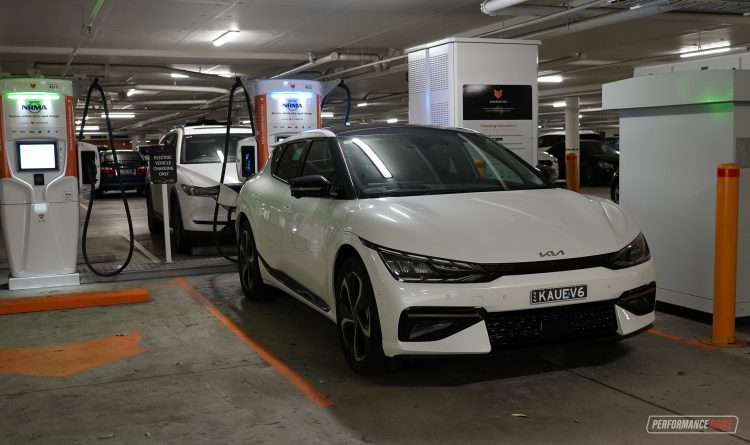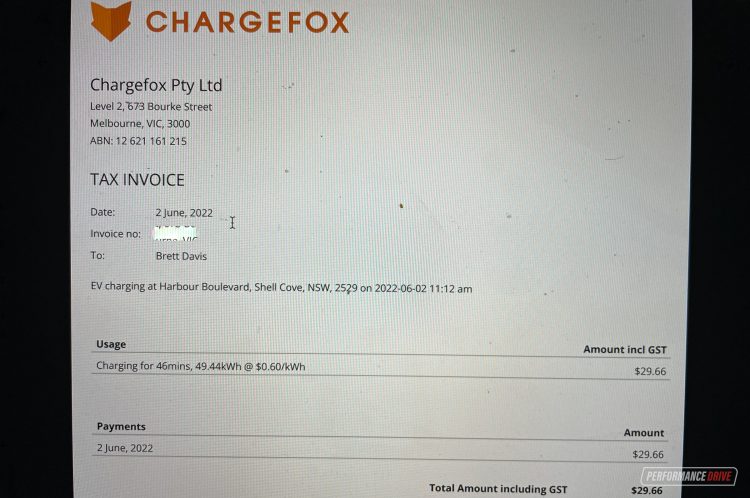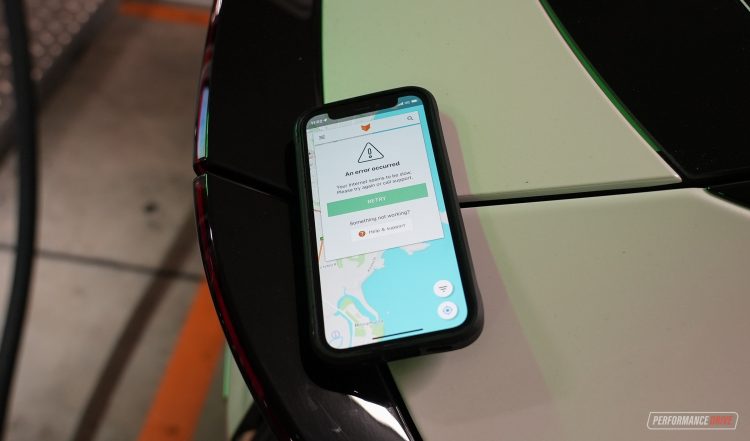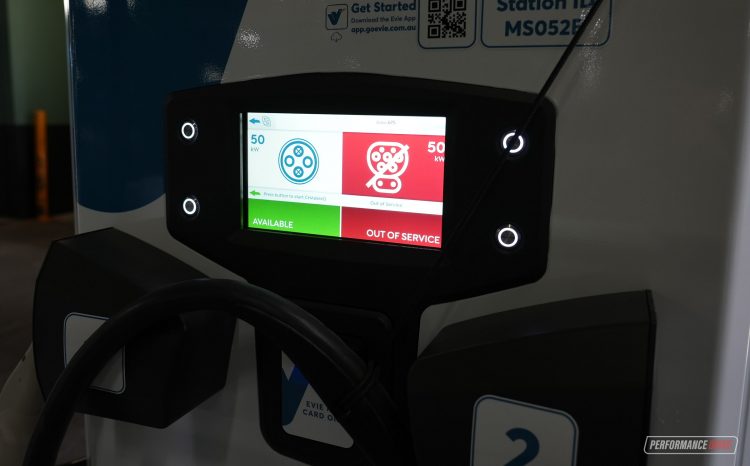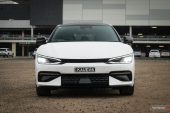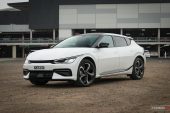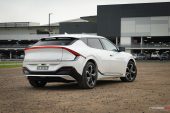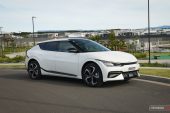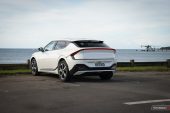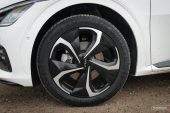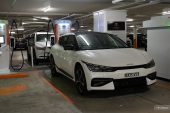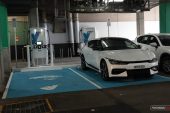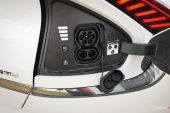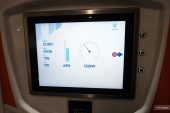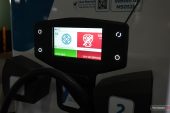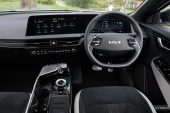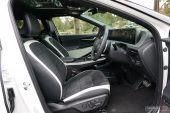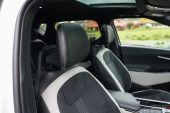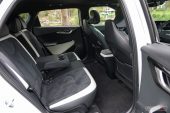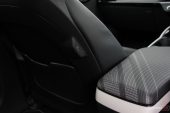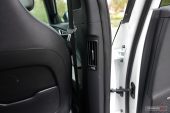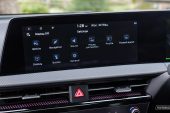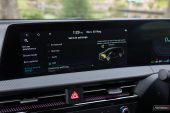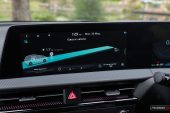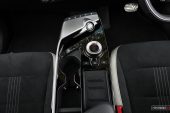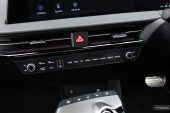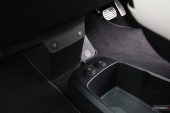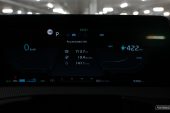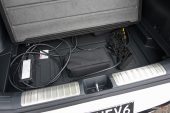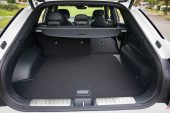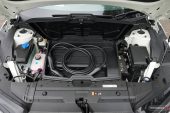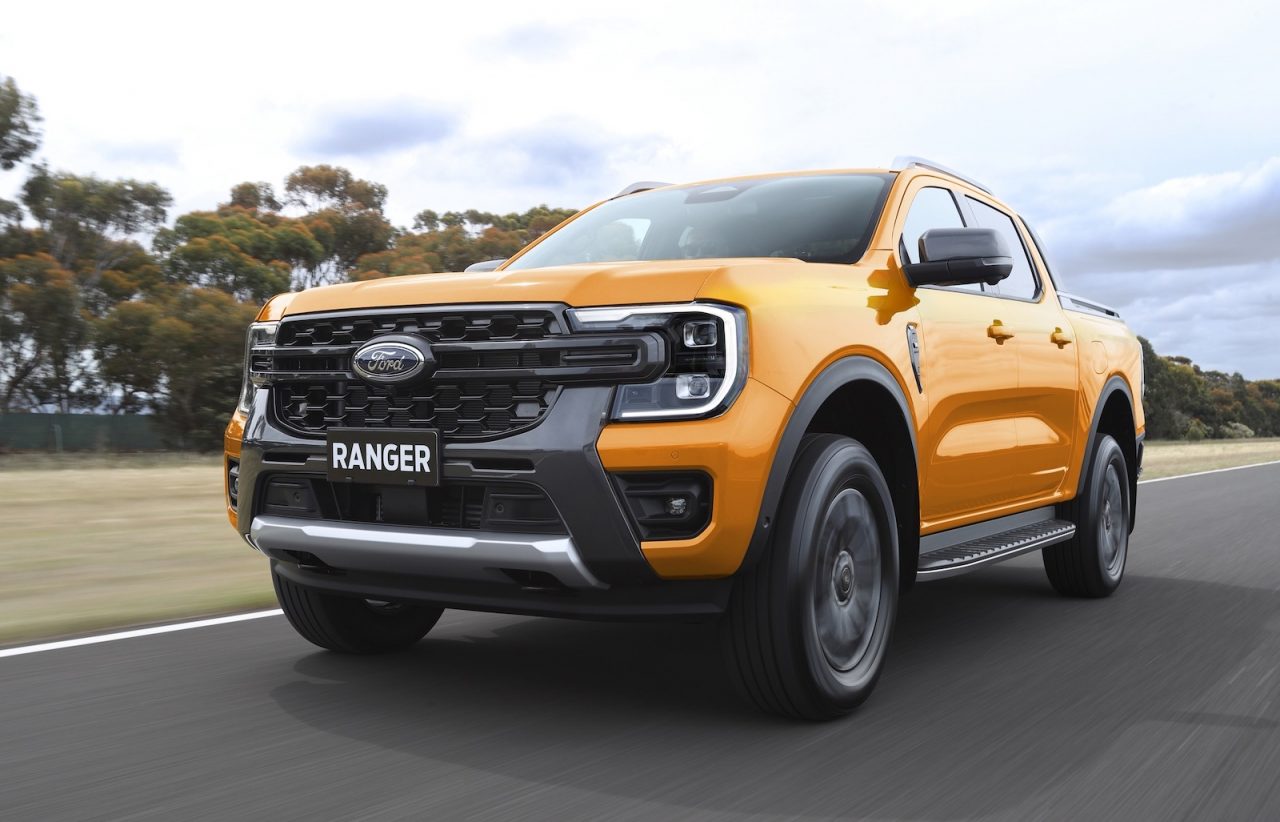Welcome to the most expensive Kia in the showroom. It is fully electric and it does come packed to the brim with features and advanced technologies. But is it enough to justify the high price? Let’s take a look.
The Kia EV6 is a dedicated electric model (not based on any other model), underpinned by Hyundai Motor Group’s E-GMP architecture. This means it shares some parts with that retrotastic Hyundai IONIQ 5 and the cute-but-ferocious Genesis GV60. It’s available in three variant levels, spanning from the entry RWD (single motor) Air, the GT-Line RWD, and the flagship (for now) GT-Line AWD.
There is a very exciting EV6 GT model coming later this year, boasting some of the most impressive figures we’ve ever seen in the non-premium EV world. Australian specs are yet to be finalised, but overseas, the GT develops a mega 430kW and 740Nm, which is enough to see 0-100km/h claimed in just 3.5 seconds. It will become the most powerful and quickest-accelerating Hyundai Motor Group product ever. Perhaps until the IONIQ 5 N comes along?
Prices commence from $72,590 for the Air and top out at $87,590 for this GT-Line AWD (excluding on-road costs). That’s a lot. In fact, it’s even dearer than the Polestar 2 AWD (from $73,400) even with the optional Performance pack added on (plus $8000). It’s more than the Volvo C40 Twin ($82,490), and more than the top-spec IONIQ 5 EPIQ AWD with the same powertrain as this (from $85,000).
2022 Kia EV6 GT-Line AWD – THE SPECS
[column width=”47%” padding=”6%”]Battery: 77.4kWh lithium-ion, 697V
Output: 239kW / 605Nm
Transmission: Single-speed reduction gear
Drive type: All-wheel drive
Wheels: F & R: 20×8.0, 255/45
ANCAP: Five tested
Tare weight: 2105kg
Power-to-weight: 11.90:1 (kg:kW)
Official range: 504km
Recharge capacity: DC up to 350kW, AC 10.5kW
Recharge time 10-80%: DC 50kW 73min, DC 350kW 18min[/column] [column width=”47%” padding=”0″]0-60km/h: 2.44 seconds*
0-100km/h: 4.98 seconds*
60-110km/h: 3.39 seconds*
1/4 mile: 13.44 seconds at 164.6km/h*
Max acceleration: 0.840g
100-0km/h braking: 2.97 seconds at 35.98 metres*
Max deceleration: -1.203g
Decibel at idle: 23*
Peak decibel at 60-100km/h (/Enhanced sound): 72/75*
Priced from: $87,590[/column][end_columns]
* Figures as tested by PerformanceDrive on the day. Factory claims may be different
2022 Kia EV6 GT-Line AWD – THE PACKAGE
Fortunately, this is a bigger vehicle than all of those rivals, including the platform-sharing models, so you are getting more product for your money. VFACTS puts this in the same class of car as the BMW iX, Jaguar I-PACE, Lexus RX, and the Porsche Cayenne, all in the ‘SUV Large above $70K’ segment. And according to the latest report, Kia has sold 1435 examples so far this year (through October), making it the third most popular vehicle in the 20-car category. It trails behind only the the BMW X5 (2664 units) and the Mercedes-Benz GLE wagon (2466 units). And that’s despite quite lengthy production/delivery delays.
It’s all very impressive when you start to investigate this vehicle more closely. The design is obviously very distinctive and unique, taking on an athletic wedge-type stance that also has some SUV characteristics, some shooting brake qualities, and even a bit of coupe going on at the front. With 160mm of ground clearance, off-road capability is limited to rough dirt roads. But with all-wheel drive it could tackle slippery wet grass or snow with some confidence.
The front door opens wide and allows you to witness the expansive cabin atmosphere. It’s always interesting sitting in an electric vehicle to see what the manufacturer has done with the common automotive interior mould. This does offer some familiar fixtures and controls, but the floating centre console sure gives the game away. This is not your average combustion-engine vehicle.
Two 12.3-inch digital screens spread across the top of the dash on a separate curved panel, like some kind of spaceship of the future. However, you’ll find the menu layout and general functionality of these screens very similar to Kia’s typical approach to in-car practicality. In other words, these are simple to understand and operate, and most controls are in logical positions.
There is a ‘EV’ menu page that allows you to deep-dive into some of the vehicle’s telemetry and current status, and there are a variety of settings (including very useful settings) to customise to suit your vibe. For example, you can choose if you want artificial sound enhancement and to what degree, you can configure the standard augmented head-up display, and even record voice memos or activate a Quiet Mode.
Of course, Android Auto and Apple CarPlay are compatible – wired in both cases – and there’s a premium 14-speaker sound system from Meridian in the GT-Line, with digital radio support. It’s a great stereo, and can be especially loud and clear if the sound enhancer system is turned off as there is no engine sound to muffle your tunes.
Passenger space is super-impressive. We love the overall ergonomics in the front, with a natural driving position, fully adjustable, and loads of legroom thanks to the E-GMP’s flat internal floor; not being based on a petrol/diesel vehicle means there is no need for a tailshaft hump running down the middle of the cabin.
Likewise, rear seat room is tremendous. That flat floor really opens up the physical room and perception of openness. Some USB ports are cleverly tucked away on the inner edges of the front chairs, allowing users to drop their devices into the map pockets on either side if needed. The rear bench also offers recline adjustment and there’s a vehicle-to-load power point under the middle seat.
Boot space is rated at 480 litres in the AWD model, opening up to 1260L with the rear seats folded flat. That’s down only 10L respectively from the RWD models. Against the BMW X5 and whatnot, the volume is not competitive. Under the floor you’ll find a handy cave for the charging cables. Unfortunately, that means there is no spare wheel, only a ‘Tyre Mobility Kit’ (temporary repair kit).
2022 Kia EV6 GT-Line AWD – THE DRIVE
Now firstly, the EV6 could be taken as a luxury vehicle purely because it is so quiet and peaceful during journeys. You can barely hear the electric motors whirring away, and there seems to be good cabin insulation to block outside noises, including wind noise at higher speeds. In that sense, this is a very refined vehicle and that perhaps helps it get close to the lofty price tag.
We can’t seem to get used to this twin-spoke steering wheel as it doesn’t quite fall perfectly at your chest, and the somewhat awkward spoke pattern kind of plays with your mind. It’s not like a more intimate three-spoke wheel but rather a formal tiller for adjusting the capsule’s trajectory. We’d even go as far as saying it destroys a big portion the potential ‘driver’s car’ feel.
The convenient controls on the steering wheel are a welcome touch, though, offering all the practicality benefits that Kia vehicles are renowned for. You can also select between the different driving modes from a stylish little tab that pops out from the cross-spoke of the wheel, with Eco, Normal and Sport modes, as well as a Snow mode when the button is held down.
In Eco mode the powertrain and indeed the on-board computers try to rely on the battery as little as possible. This means the throttle response is slackened right off so it’s not sensitive at all, and the climate control performance is limited. The brains behind the power distribution for the all-wheel drive system also configures itself to use only the rear electric motor.
We used Eco mode most of the time during our test. But we don’t think that’s necessarily a good thing. We’re mainly worried about conserving range rather than doing the environment any favours. However, in a petrol/diesel equivalent, offering this level of power and performance, we reckon we’d rarely even touch an Eco mode. Does that mean we’re not as passionate about driving the EV6?
It’s a good question… that we’ve just asked ourselves. And the answer is yes. During our time we mainly concentrated on maintaining a good range rather than simply enjoying the performance and handling of the car. For an $90k vehicle, that doesn’t seem right. Especially as the performance is actually quite thrilling. Kia says it’ll do 0-100km/h in just 5.2 seconds, and our Vbox revealed a real-world time of 4.98 seconds. It’s a bloody quick car. So why drive around in Eco mode all day?
The EV6 also offers excellent handling and overall dynamics, with absorbent suspension easily coping with Australia’s shoddy backroads. There is a bit of body lean and perhaps the tall-ish tyres, measuring 255/45, stretch and contribute to this. But the car always feels confident and compliant. It is heavy, like most EVs, weighing in at 2105kg, or 105kg heavier than the RWD model. Natural physics are difficult to manipulate but we think Kia has done an excellent job trying.
The official range is 484km, however, the real-world figure is dependent on a number of circumstances, including whether or not you’re in Eco mode. If the climate control is on or if you have the seat heaters activated, or if you prefer to drive with the window down, then these will all influence the achievable real-world range. The maximum range we saw on the dash was 430km at 100 per cent battery.
We find the on-board range calculator to be very effective though, so you can trust it if you’re a busy person, always out and about. And if you roll down some long steep hills the range does climb up a bit. Overall, it seems very efficient as well. Cruising on an open road at around 70-80km/h seems to be its sweet spot, as the battery gauge hardly moves even after a reasonably long distance.
When it comes time to recharge, we mostly relied on the public charging infrastructure as a home socket simply takes too long. That’s keeping in mind we only test vehicles for one week usually, so this means we often drive every day to make sure we can fully assess each vehicle. As an owner though there might be days where you don’t drive at all, which means you could use a home socket simply to top up the battery from a mild level.
Using public stations is always hit-and-miss in our experience. Sometimes the charging station in question is out of service due to a system error, and sometimes there are a bunch of other EVs all lining up to use the facility, especially the free ones. We find the pay ones to be the most effective as they are often vacant.
Using one of Chargefox’s Ultra Rapid chargers, which can push out up to 350kW, it cost us $29.66 at a rate of $0.60/kWh. There are cheaper ones out there, including some Evie chargers that charge at a rate of $0.40/kWh but at a slower volume of around 50kW.
During our time we had issues connecting to the Chargefox station due to it being located in an underground carpark with poor phone reception. Of course, you need the app the initiate the charging process. To connect we simply rang Chargefox and they sorted out the connection from their end. Despite being a 350kW system the most the car took in was 132kW. We also came across an out-of-order console at an Evie station.
If you are planning to buy an EV some time such as the EV6, we’d strongly recommend having a wallbox installed at your home. Most car brands offer an optional system that you can buy at the time of purchasing the car. Either way, it’ll mean you won’t need to deal with the unreliable public infrastructure, which is quite behind in Australia in our opinion.
2022 Kia EV6 GT-Line AWD – THE VIDEO
2022 Kia EV6 GT-Line AWD – THE VERDICT
The EV6 GT-Line AWD is a great all-round package, because it infuses all of Kia’s renowned practicality and ease-of-use initiatives inside while the E-GMP architecture provides a good balance between driving engagement and comfort. With the twin electric motors, performance is more than exciting enough for most buyers – it’s about as quick as a Ford Mustang GT V8, according to our tests. It will be very interesting to see how the GT ties in with all of this, and at what price.
[column width=”47%” padding=”6%”]PROS:
– Super-practical and easy to live with inside
– Massive rear legroom
– AWD is as quick as a Mustang V8, but with instant response
– On-board range calculator seems to be very accurate and trustworthy
– 7-year warranty
[/column] [column width=”47%” padding=”0″]CONS:
– Pricier than some rivals
– Small boot compared with official rivals (according to VFACTS)
– Steering and steering wheel feel austere and bland[/column][end_columns]
As always, if you’re thinking about buying a new car don’t forget to click here to speak with our car buying specialists.
